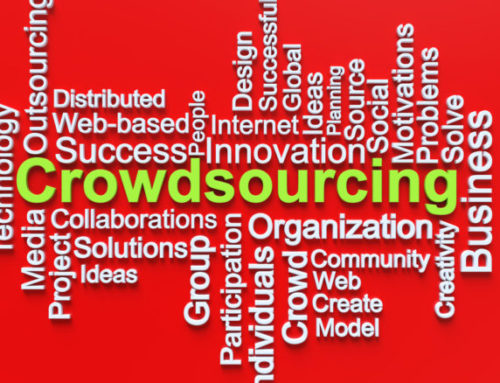What is the difference between an incremental change and disruption?
What IS the difference between an incremental change and disruption? Incremental innovation is exactly as it sounds; change that takes place slowly over time, and allows for a gradual development of the product and its marketplace. Disruption is a change to the market that is so powerful and different that it requires others in the field to follow suit or be left behind.
One example of incremental innovation would be Coca Cola. From the initial formula containing illicit substances, to the current-day product with a variety of flavor offerings, this company has been a slow burn of innovation.
Or how about all the changes that have slowly evolved in the lifetime of the bicycle? The bicycle has certainly evolved, but it’s still the same basic idea…. well, mostly.
On the other hand, one of the most prominent and recognizable examples of recent disruption is one of our favorite products: Netflix. You could always rent movies and old TV shows (remember Blockbuster?), but Netflix was the first of its kind to turn its offering into an on-demand subscription model, accessible from the comfort of our own homes, completely changing the market and ultimately putting Blockbuster out of business. Some other examples of disruptive innovation throughout the ages might be Skype, Pandora, Wikipedia, the personal computer, mobile telephones, radiography, and many others.
While incremental innovation has been just fine for much of history, disruption is pulling to the forefront as a market norm and seems to be the new always-on mode of the future. In this current super connected, fast-paced world, businesses and organizations must work harder to be competitive. This means finding better ideas, lowering costs, and getting ideas to market faster. Over half of executives, across a number of professional fields who were questioned anticipate that there will be digital disruption in their market in the next 12 months.
To read more about disruptive innovation, and to find out how to utilize IdeaScale and the power of the crowd to create disruptive innovation, download our complimentary infographic.
This article was originally published on the IdeaScale blog here.







